Anatomy of a Grid Tie Inverter
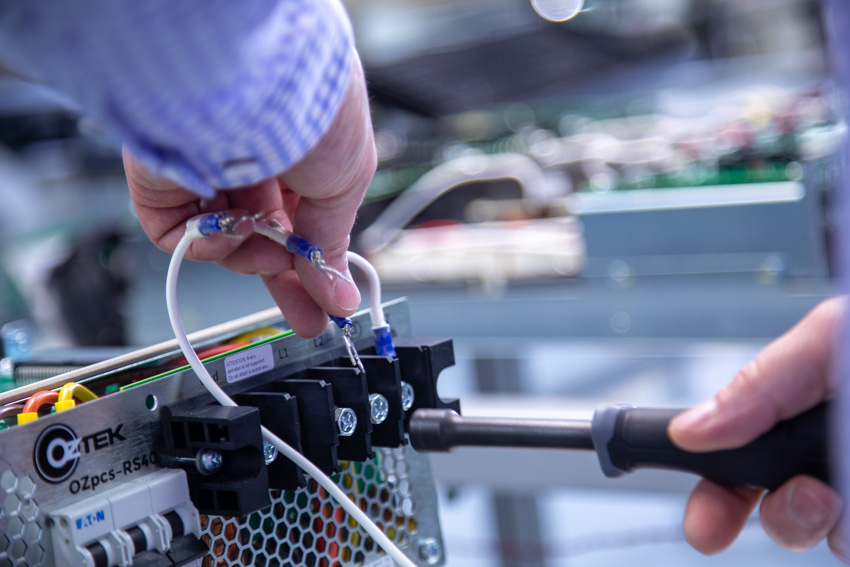
This post is first in a series discussing the subsystems and key components that go into a grid-tie inverter (GTI), and design considerations for the development of a practical commercial system. The majority of topics will apply equally to active front-ends (AFEs), and active rectifiers (more on the subtle differences between these two is covered […]
Stand Alone Voltage Mode Inverters
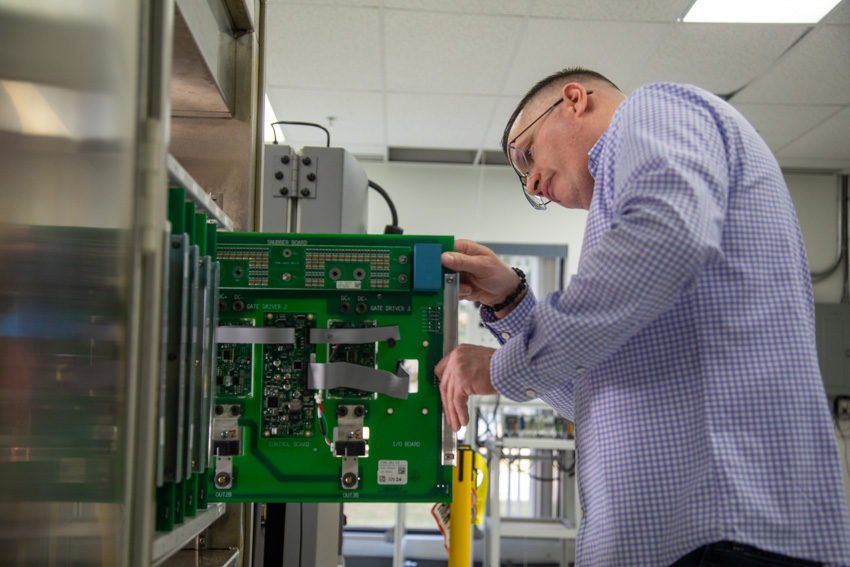
As previously discussed, most modern sine wave inverters employ a voltage source topology and are referred to as voltage source inverters (VSI). Depending on the type of feedback and control scheme that is employed, the VSI topology can be used to implement inverter solutions for a wide variety of applications, including motor drives, grid-tie, and […]
What is a Power Inverter?
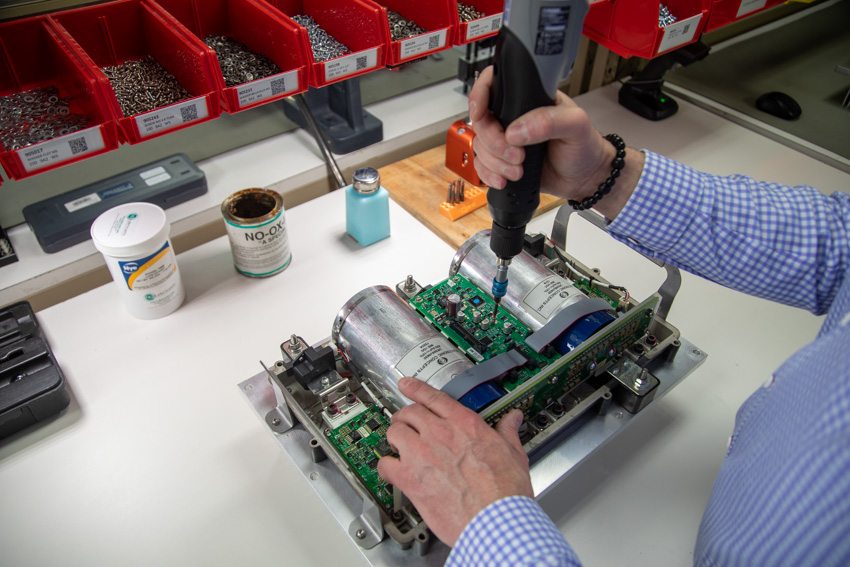
A power inverter is an electrical device that converts a direct current (DC) power source into an alternating current (AC)power source. In typical DC/AC power conversion applications, power inverters are used to convert DC power from sources such as batteries, solar panels, or high voltage DC transmission lines, into consumer AC that’s used to run […]
DC Link Requirements for Grid-Tie Inverters

A common question we field regarding grid-tie inverters goes something like “Can I interface to a 480V grid with a 680V DC-Link?”. To answer this question, lets consider a typical Grid Tie Inverter or Active Front End application as illustrated in the figure below. Generally, our application code uses center-aligned, space vector pulse width modulation […]
Common Mode Filtering Considerations for Grid-Tie Inverters
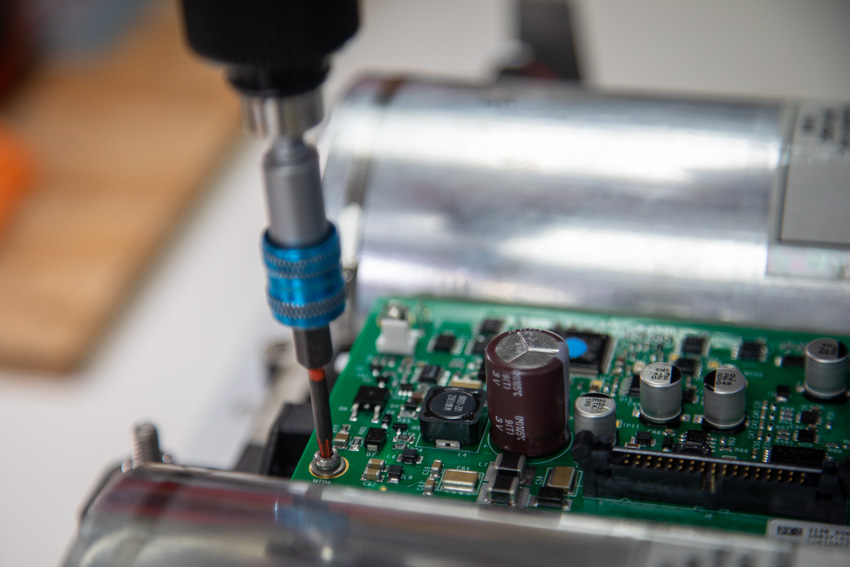
In non-isolated, grid-tie inverter applications, it is common practice to connect the neutral point of the 3-phase AC grid to earth ground. Unfortunately, this creates a problem for DC link common mode filtering. Typical control methods utilize space vector modulation to control the power stage, which introduces a common-mode voltage in order to maximize the […]
Utility-Scale Flywheel Energy Storage & Grid-Tie Inverters
A few days ago Beacon Power announced that their installation of the world’s first 20MW Flywheel plant is currently operating at 18MW, and is expected to be running at its full, 20MW capacity before the end of the month. We’re pretty excited about this at Oztek, as we provide the controls for both the grid-tie inverter that interfaces […]
Power Factor and Grid-Tie Inverters
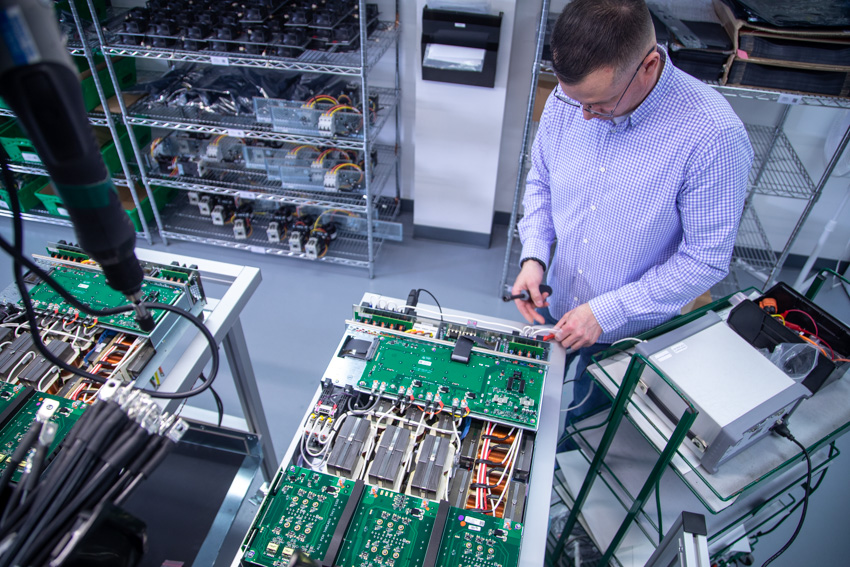
One reason engineers specify active rectifiers (a.k.a. active front-ends) for their systems is that they can operate with near unity power factor. Being nearly the same system (see my recent post “Active Front-end or Grid Tie Inverter?“), grid tie inverters share this same beneficial characteristic. However, this does not mean that an active rectifier or […]
Active Front-end or Grid-tie Inverter?
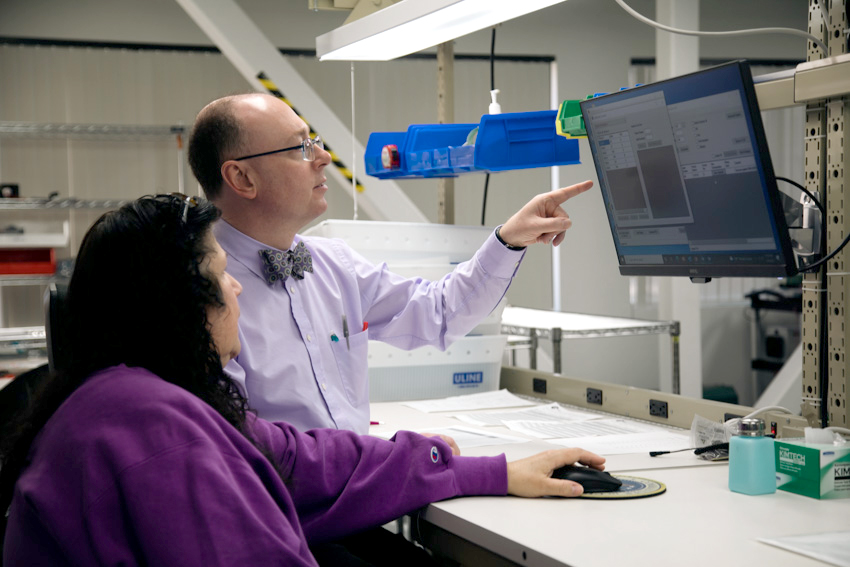
We have the habit here at Oztek of using the term “active front-end” (AFE) and grid-tie inverter (GTI) interchangeably. On more than one occasion discussing our grid-tie inverter controller, I’ve caught myself somewhere mid-conversation inadvertently switching to using the term active front-end. It’s of no concern internally, but quite frequently it’s cause for confusion when speaking […]


